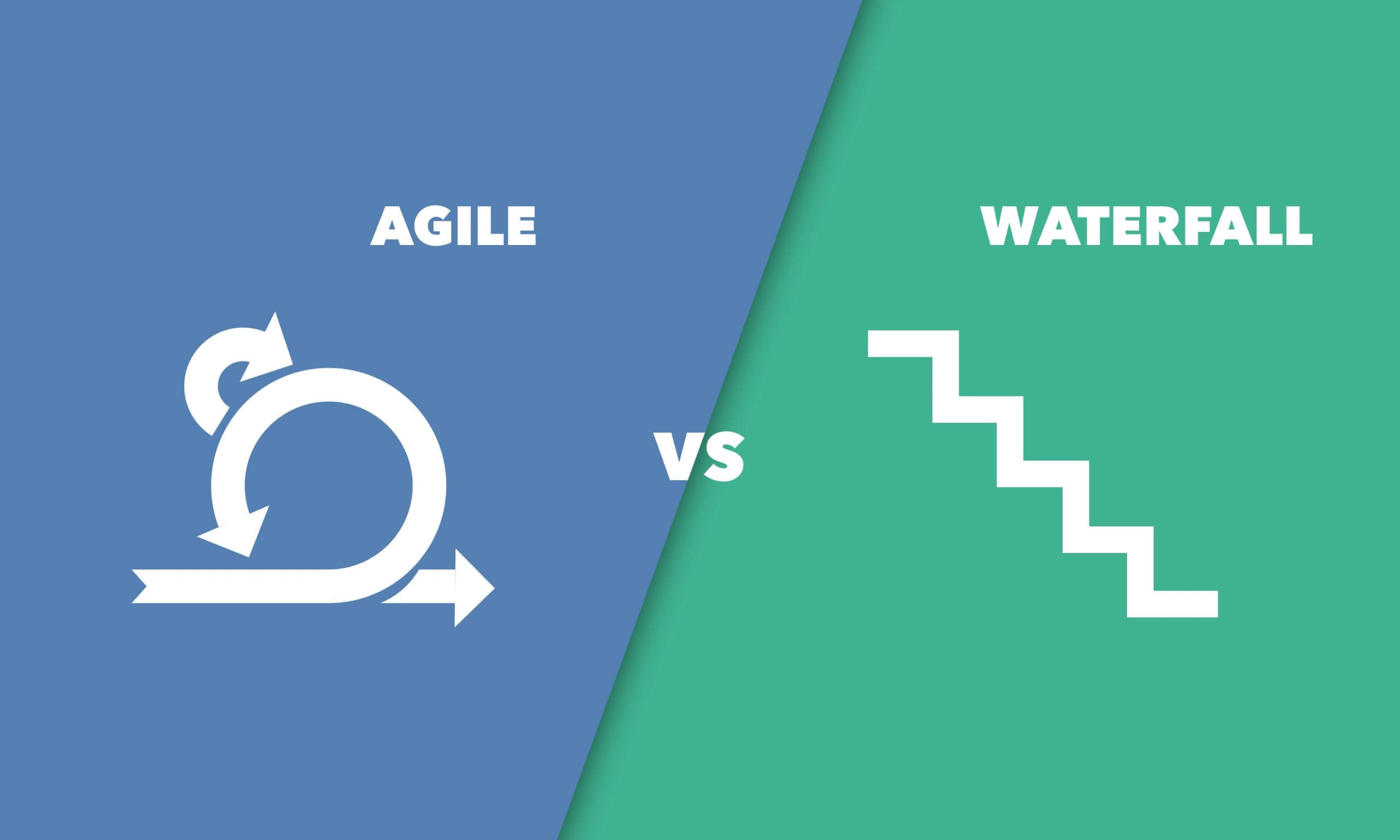Project Control Agile and Traditional Methodologies

There are lots of methodologies in modern software development industry. All of them have both advantages and disadvantages. Each software development team selects a methodology according to the needs of its projects. However, regardless of the methodology you use, you should manage your projects properly. And as you know, project control is one of the most important project management activities. That is why in this article we will tell you about the difference between project control in Agile and traditional software engineering methodologies. But before doing that, it is necessary to give the proper definitions for Agile and Waterfall software development methods.
Waterfall is also called the traditional model of software development. It originated in 1950s in the United States. At that time a typical hardware engineering methodology was applied to the newborn software development industry. Today Waterfall is the most popular software development and project management methodology all over the world. It is based on three main principles: low customer involvement, strong project documentation, and sequential structure of projects. Waterfall teams usually conduct only two meetings with their clients during every project. The first of them takes place before the project realization starts. It is aimed at learning and documenting all customer’s requirements. The second meeting is conducted only after the final product is ready to delivery. Project documentation is the basis of every Waterfall project. The developers start to formulate it at the first meeting with the customer and continue this process at the design stage. After that they act according to this documentation. All Waterfall projects are subdivided into 5 or 7 sequential stages. The developers must perform them one after another. They also cannot return to the previous stage even if something in it went wrong.
In Agile projects things are different. The methodology originated in 2000s in response to the disadvantages of Waterfall. Agile also has three main principles: strong customer involvement, constant communication inside of the team, and iterative structure of projects. The customer is the main person in Agile projects. He participates in all team meetings and has his own representative in the team called the Product Owner. The communication inside of Agile teams is extremely strong. That is because of the fact that they are self-managing and have no formal leaders. Agile projects are not sequential. They are subdivided into iterative cycles. Each of them has its own plan and produces an intermediate product that is introduced to the customer.
Project control is the last stage of project management process. It is typical for all software development projects regardless of their methodology. The main goal of project control is to remove problems in plan implementation detected during the previous stages of project management. The final or intermediate product is tested at this stage to detect all defects that were caused by problems in plan implementation.
Waterfall and Agile methodologies conduct product testing at different stages of work. This is the main difference between project control in Agile and traditional methodologies.
In Waterfall tests are usually conducted at the last stage of project realization.
Even if the team detects all bugs, it can hardly fix them at this stage.
In Agile the testing procedure is conducted after the end of each iterative cycle.
That allows Agile developers to make the process of project control more effective.



